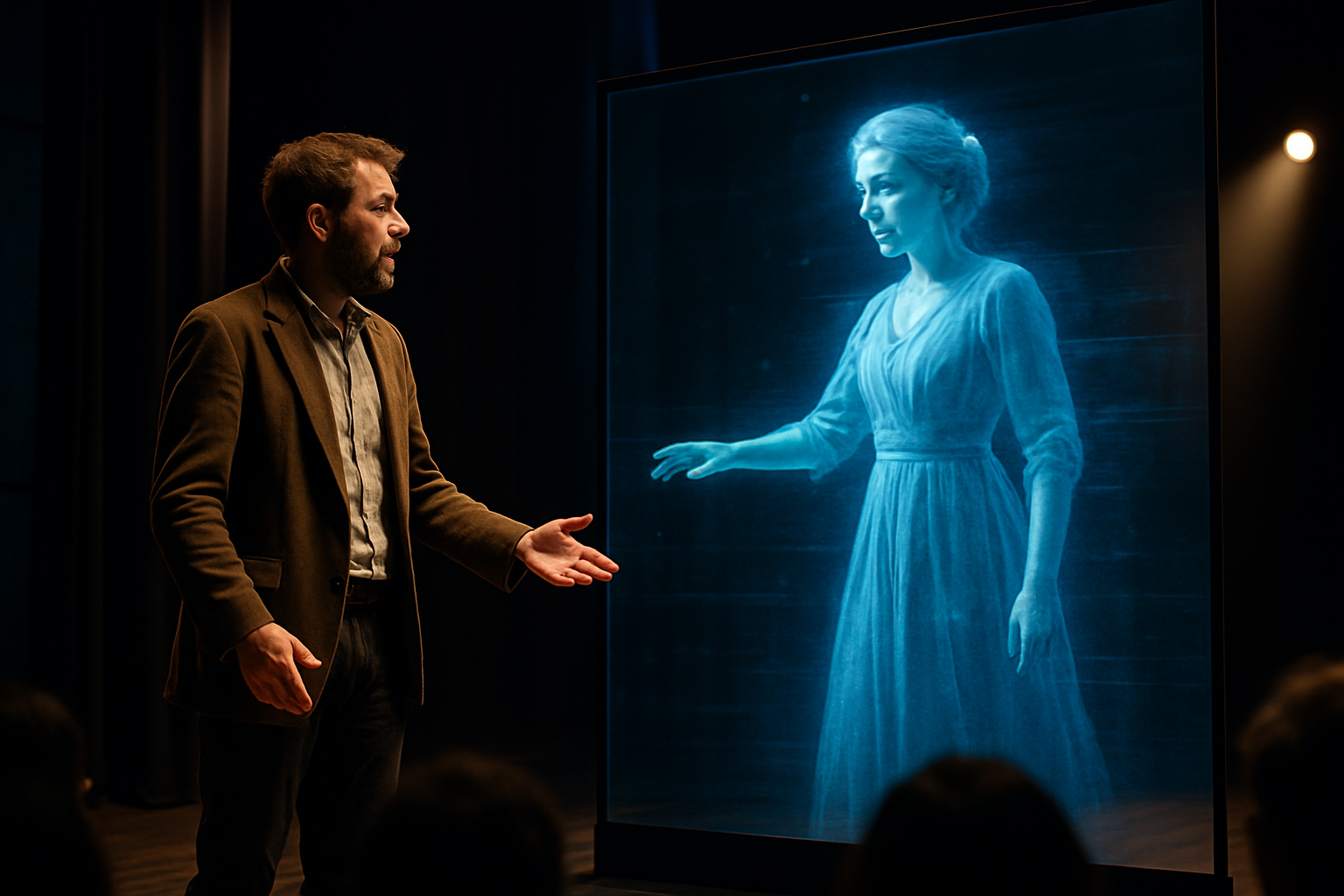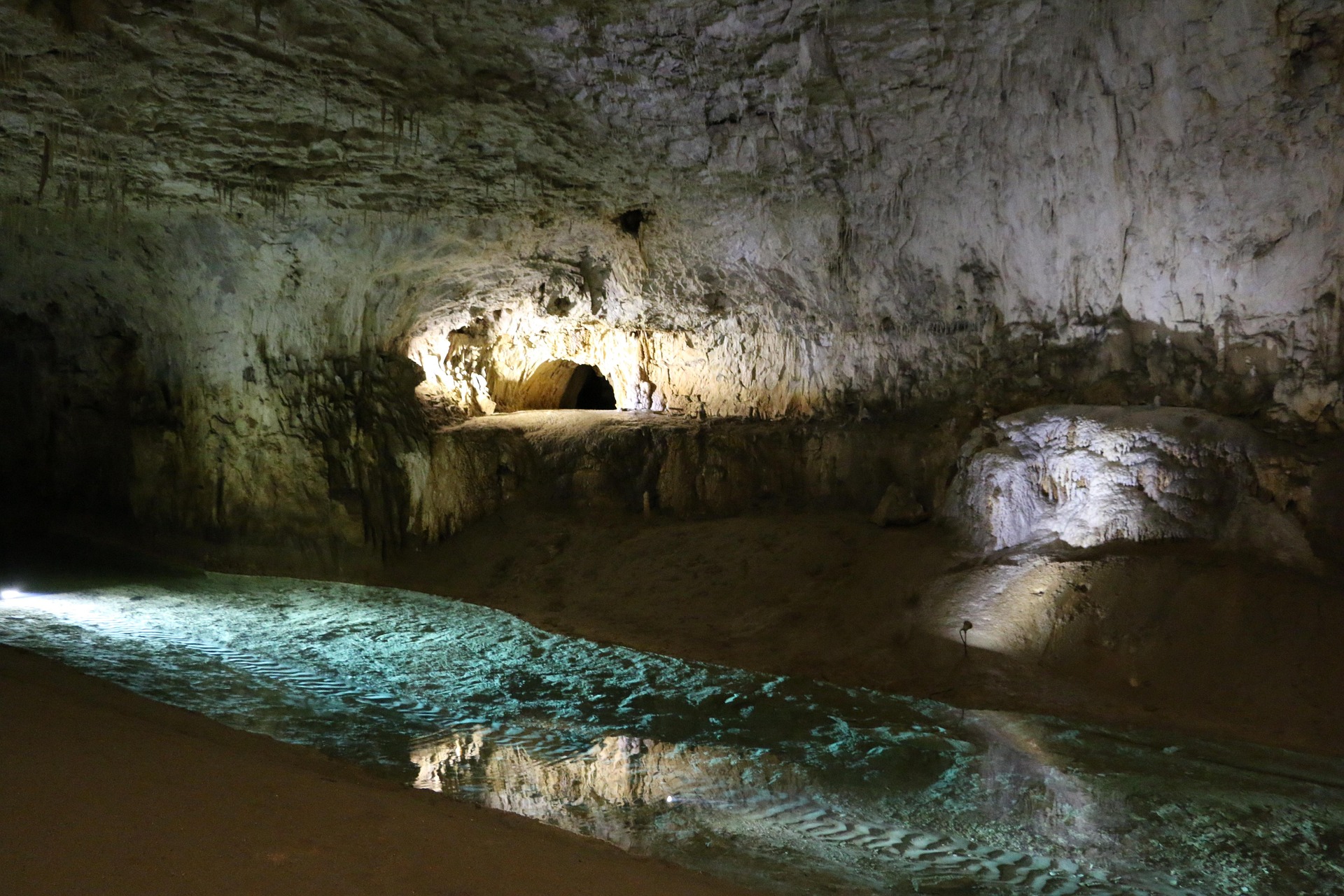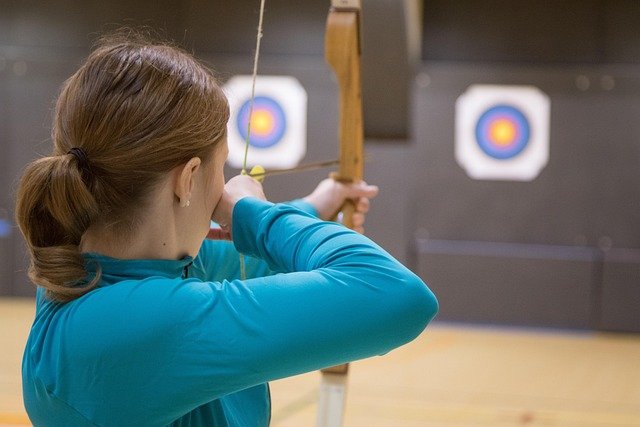Holographic Storytelling: The Future of Narrative Art
In a world where technology continues to reshape our perception of reality, holographic storytelling emerges as a groundbreaking medium that blurs the lines between the physical and digital realms. This innovative art form combines cutting-edge holographic projection techniques with traditional narrative structures, creating immersive experiences that captivate audiences in ways never before possible. As artists and technologists collaborate to push the boundaries of this nascent field, holographic storytelling is poised to revolutionize the way we consume and interact with stories across various entertainment platforms.

Bridging Art and Technology
At the heart of holographic storytelling lies a delicate balance between artistic vision and technological innovation. Artists must reimagine traditional storytelling techniques to accommodate the unique possibilities and limitations of holographic displays. This fusion of creativity and engineering has given rise to a new breed of digital artisans who possess both the technical expertise to manipulate complex holographic systems and the artistic sensibility to craft compelling narratives within this novel medium.
Immersion and Interactivity
One of the most striking aspects of holographic storytelling is its potential for unprecedented levels of immersion and interactivity. Unlike traditional media, holographic narratives allow audiences to physically move around and interact with three-dimensional characters and environments. This spatial freedom opens up new avenues for non-linear storytelling, where the audience’s perspective and choices can significantly impact the unfolding narrative. Some pioneering works in this field have even incorporated AI-driven characters that can engage in real-time conversations with viewers, creating truly personalized experiences.
Applications Across Industries
While the entertainment industry stands to benefit greatly from holographic storytelling, its potential applications extend far beyond cinema and theater. Museums and cultural institutions are exploring ways to bring historical events and artifacts to life through holographic reenactments and displays. Educational institutions are leveraging the technology to create immersive learning environments that make complex concepts more accessible and engaging. Even the business world is taking notice, with companies using holographic presentations to revolutionize product demonstrations and virtual meetings.
Challenges and Ethical Considerations
As with any emerging technology, holographic storytelling faces its share of challenges and ethical concerns. The high cost and technical complexity of current holographic systems limit widespread adoption, while issues of data privacy and potential psychological effects of hyper-realistic virtual experiences remain subjects of ongoing debate. Additionally, the blurring of lines between reality and fiction raises questions about the responsible use of such powerful immersive technologies, particularly in the realm of news and documentary storytelling.
The Future Landscape of Narrative Art
Looking ahead, the future of holographic storytelling appears both exciting and uncertain. As the technology continues to evolve and become more accessible, we can expect to see a proliferation of holographic content across various platforms and industries. The potential for cross-pollination between holographic storytelling and other emerging technologies like brain-computer interfaces and haptic feedback systems hints at even more immersive and transformative experiences on the horizon.
Pioneering Artists and Notable Works
A growing community of artists, filmmakers, and technologists are at the forefront of holographic storytelling, pushing the boundaries of what’s possible within this new medium. Notable works include immersive historical reconstructions that transport viewers to ancient civilizations, abstract narrative experiences that play with perception and reality, and interactive holographic theater productions that blend live performance with digital artistry. These pioneers are not only creating compelling content but also developing new tools and workflows that will shape the future of the field.
Impact on Traditional Media
The rise of holographic storytelling is already influencing traditional forms of media. Filmmakers and game developers are incorporating holographic elements into their productions, while some forward-thinking theaters are retrofitting their spaces to accommodate holographic performances. This cross-pollination of ideas and techniques is leading to hybrid forms of entertainment that combine the best aspects of both physical and digital realms, offering audiences novel and engaging experiences.
The Role of Artificial Intelligence
Artificial intelligence plays a crucial role in the development of holographic storytelling, from enhancing the realism of digital characters to generating dynamic narratives based on viewer interactions. Machine learning algorithms are being employed to create more responsive and adaptable holographic environments, allowing for truly personalized storytelling experiences. As AI continues to advance, we can expect even more sophisticated integration between intelligent systems and holographic narratives, potentially leading to entirely new forms of interactive storytelling.
In conclusion, holographic storytelling represents a paradigm shift in the way we create, consume, and interact with narrative art. As the technology matures and becomes more widespread, we stand on the cusp of a new era in entertainment and communication. While challenges remain, the potential for holographic storytelling to transform our relationship with digital content and reshape the landscape of creative expression is undeniable. As artists and technologists continue to push the boundaries of this emerging medium, we can look forward to a future where stories literally leap off the page and into our physical reality, offering experiences that were once confined to the realm of imagination.





